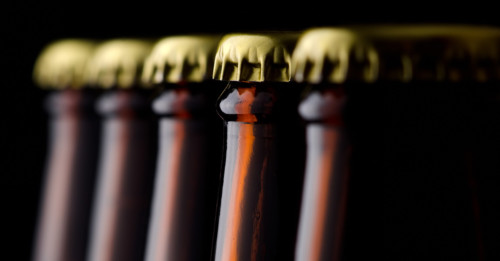Bottled conditioner and bottle conditioning: the former leaves our hair silky and shiny, especially if we rinse and repeat. The latter makes our beer—some of our beer—nicely carbonated.
See, beer can be carbonated one of two ways. The first is called forced carbonation, the way soda is carbonated and kind of like what you’d do with a SodaStream at home—forcing a certain amount of CO2 into the finished product until the desired level of carbonation is reached. The second way is called “bottle conditioning,” which is basically re-fermentation in the bottle, often by the addition of new sugars or even extra yeast to encourage more fermentation. Because the bottle is capped, any CO2 produced will be reabsorbed into the liquid, resulting in some delightful effervescence. But because there’s also still yeast in there doing its thing, bottle-conditioned beers can continue to develop flavor over time, making them suitable for aging and often yielding a slightly yeast-forward, estery flavor profile.
Bottom line: forced carbonation is like soda, adding nothing to the beer’s flavor profile but bubbles. Bottle conditioning is like re-starting fermentation, but this time capturing the CO2, and getting added flavor as a bonus.
